mitoYDNA, THE new Y-DNA and mtDNA Database is here. What is mitoYDNA? How can it help the genealogy community? And many more questions, answered.
What is a Y-DNA and mitochondrial DNA database and why do we need it?
Y-DNA – is the DNA for males that follows the patrilineal line back, father to son, for a very long time – thousands of years.
mitochondrial DNA (mtDNA) – is the DNA that follows the matrilineal line back, mother to her children, which is passed on by only her female children to their children, for a very long time – thousands of years.
For years anyone who tested their Y-DNA and mtDNA could post their results to the databases YSearch and MitoSearch to do comparisons, matching and analysis. If you had a Y-DNA or a mtDNA test you could compare and match with people from various DNA testing companies. GDPR (General Data Protection Regulation) caused FTDNA to make the decision to close these two databases – time and money to get each and every person in the former databases up to the new privacy standards was too expensive and time consuming to attempt.
How and why did mitoYDNA get started?
I spoke with FTDNA in 2017 about YSearch and mitoSearch and its future since there were lots of rumors floating around regarding it’s possible closure. I was told that indeed the sites would be closing.
As someone who uses DNA daily in my own business, and having used YSearch and MitoSearch for my own family mysteries – especially using mitochondrial DNA to solve an adoption mystery (or tale of adoption) in my own family – I knew firsthand how important having a free and accessible Y-DNA and mtDNA database was to my research. I know how important a third-party Y and mtDNA database is to DNA researchers in the genealogical community.
Over the course of 2017, a team came together to build and create mitoYDNA.org.
Our Mission
mitoYDNA.org is a website for uploading Y-DNA and mitochondrial DNA to create a YDNA and mitochondrial DNA database. The site also offers DNA matching, analysis and tools to help our users/volunteers further their genealogical research. mitoYDNA is:
- Crowdsourced – www.mitoYDNA.org is volunteer driven.
- Free – www.mitoYDNA.org’s use will be at no cost to the users/volunteers, though donations are encouraged to defer hardware, facility and administrative costs.
- Accessible – www.mitoYDNA.org will be accessible to all.
501(c)3 non-profit company
mitoYDNA Ltd., the 501(c)3 non-profit company behind the design, implementation, and ongoing upgrade and maintenance of mitoYDNA.org, is a group of collaborative genetic genealogists who believe genealogists can have access to a YDNA and mtDNA database which includes Y and mtDNA testing from all available companies today and those of the future. mitoYDNA Ltd. is based on the principles genealogical collaboration and continues to work to keep mitoYDNA:
- Straightforward
- Current
- Expanding
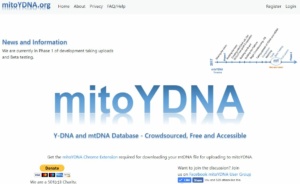
Registration
Using the menu bar for navigation, click on Register.
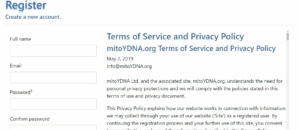
Fill in all of the fields (password help is listed below the password fields) and be sure to read the TOS/Privacy Statement and click the checkbox at the bottom of the page to verify you have read them – they are very important.
Once you have registered “Kits” and “Tools” will be added to the navigation menu at the top of the page.
Create
Click Kits on the Menu Bar and it will take you to the Kits You Manage Page. From there click on the create button to create a kit. 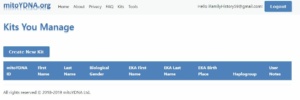 When you create a kit, you will download your results in a CSV file for YDNA, from your testing company to your computer then upload it to mitoYDNA. For mtDNA you will download a chrome extension (for Google Chrome) which will download your mtDNA results from your testing company to your computer then you can upload it to mitoYDNA. For more on how to download your Y-DNA and mtDNA and upload to mitoYDNA please visit our FAQ/Help page.
When you create a kit, you will download your results in a CSV file for YDNA, from your testing company to your computer then upload it to mitoYDNA. For mtDNA you will download a chrome extension (for Google Chrome) which will download your mtDNA results from your testing company to your computer then you can upload it to mitoYDNA. For more on how to download your Y-DNA and mtDNA and upload to mitoYDNA please visit our FAQ/Help page.
What Files does mitoYDNA take?
The Y-DNA files are the Short Tandem Repeat (STR) marker values (alelles) and represent your Haplotype (the set of DNA alelle values; not to be confused with Haplogroup) . mitoYDNA does not process Single Nucleotide Polymorphisms (SNPs) data!
Data Processed
The chart below shows the current status of data processing capability for each company at mitoYDNA. Click on the Company name to get instructions on how to get the files you need to upload to mitoYDNA (if currently processed). Abbreviations:
- CSV – Comma Separated Values
- Ch. Ext. – Chrome Extension
|
Company – Help File
|
mtDNA |
Y-DNA |
| FASTA CSV |
HVR1/2 CSV |
Ch.Ext. |
Manual |
CSV |
Manual |
| FamilyTreeDNA |
|
★ |
★ |
|
★ |
|
| Ancestry |
★ |
★ |
|
|
★ |
|
| YSEQ |
|
|
★ |
|
★ |
|
| Sorenson |
|
|
|
|
|
|
| Genebase |
|
|
|
|
|
|
| Oxford |
|
|
|
|
|
|
| NatGeo |
|
|
|
|
|
|
WikiTree Integration
mitoYDNA ID’s appear in WikiTree and can be used to view comparisons on mitoYDNA.
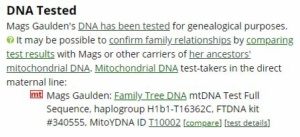
Instructions for Y-DNA and WikiTree
Instructions for mtDNA and WikiTree
Full Launch
We rolled-out all the tools, matching and comparisons we have planned for phase I of mitoYDNA.org and are ending a very successful beta testing run.
Since we are crowdsourced, we are getting suggestions and input from our facebook users group about the future of mitoYDNA.
Have fun, join the conversation and let us know if you need help, either in the Facebook Users Group, or via info at mitoYDNA.org.
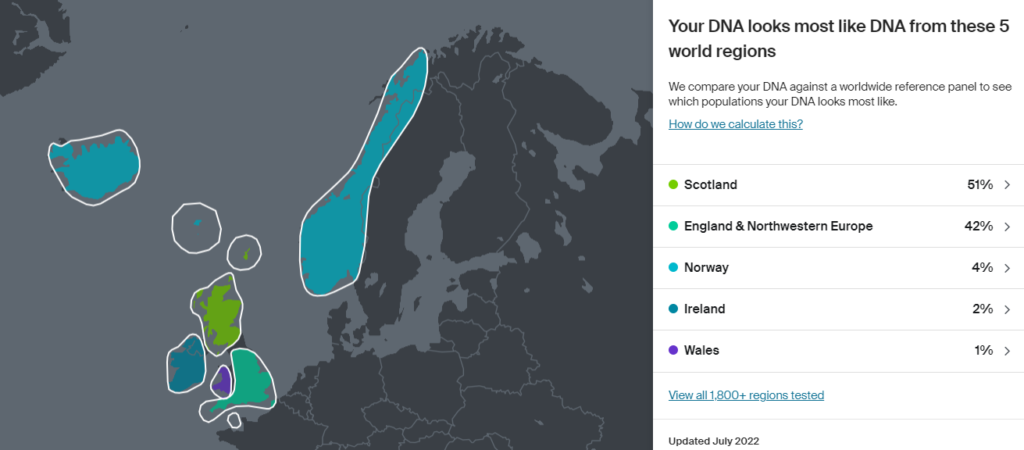

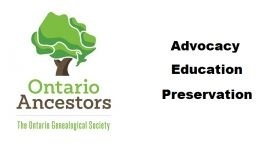
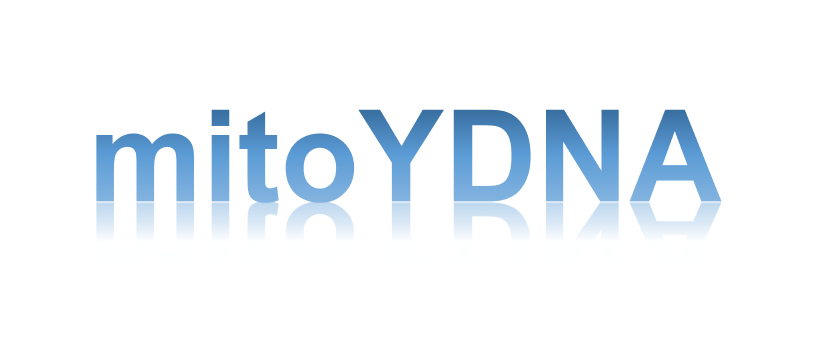


 When you create a kit, you will download your results in a CSV file for YDNA, from your testing company to your computer then upload it to mitoYDNA. For mtDNA you will download a chrome extension (for Google Chrome) which will download your mtDNA results from your testing company to your computer then you can upload it to mitoYDNA. For more on how to download your Y-DNA and mtDNA and upload to mitoYDNA please visit our
When you create a kit, you will download your results in a CSV file for YDNA, from your testing company to your computer then upload it to mitoYDNA. For mtDNA you will download a chrome extension (for Google Chrome) which will download your mtDNA results from your testing company to your computer then you can upload it to mitoYDNA. For more on how to download your Y-DNA and mtDNA and upload to mitoYDNA please visit our 